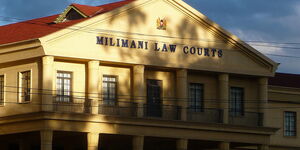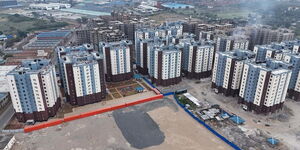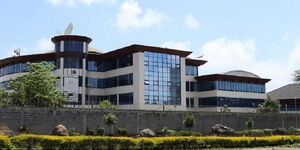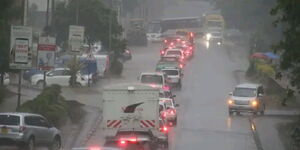Ever wondered why power insulators on electric lines are sprayed with water while the power lines are live?
Insulators on high-voltage lines are washed to remove the accumulation of dirt, dust, or other materials that could reduce their efficiency.
Dirt and dust could cause damage to insulators and make them more prone to electric shocks.
Accumulation of dirt on the lines could also cause short circuits, which could lead to power outages or even fires.
The washing involves using water that has been de-mineralised. The pressurised water is then pumped in spray jets from special cleaning trucks.
De-mineralised or pure water is used in the process of cleaning because it does not conduct electricity.
Due to the extent of risk posed by the job, a large workforce of trained manpower is always involved in the whole process and workers must strictly follow the safety procedures and no mistakes are tolerated.
In most cases, the machines used in cleaning are stationed on the ground, however, in some cases, the sprays are fixed on helicopters which hover above the lines and clean the insulators.
During the washing process, the spraying starts with the bottom of the insulator, when the bottom is completely washed, the machine then proceeds to wash the middle section of the insulator before proceeding to wash the top part.
According to cleaning rules, water used in cleaning one insulator should not spill over to another insulator, and due to this, the personnel undertaking the cleaning process must be cautious of the direction of flow of the wind.
A spillage of cleaning water from one insulator to another is known as a 'flashover.'
Flashovers occur but in rare instances which lead to brownouts, blackouts, and even damaged equipment.












